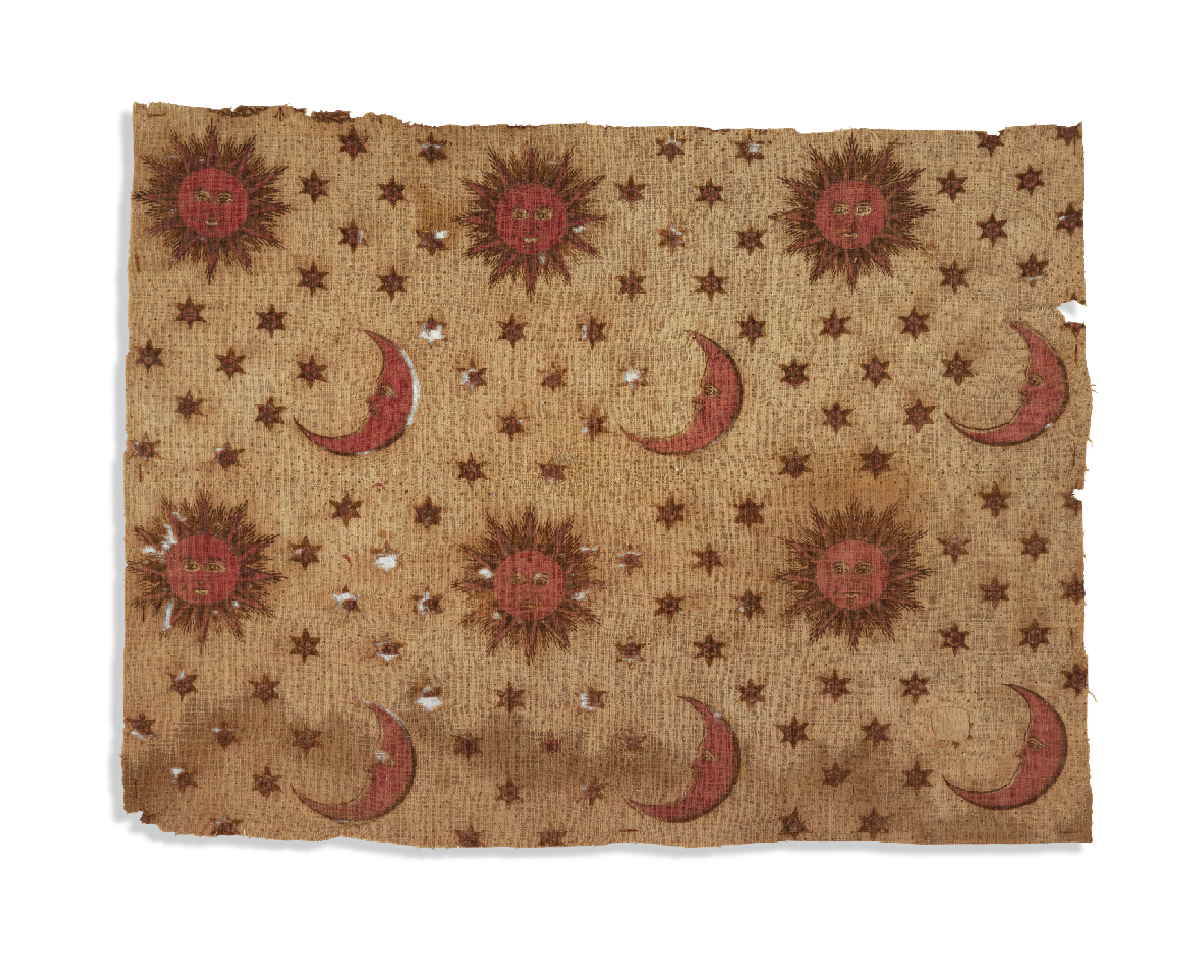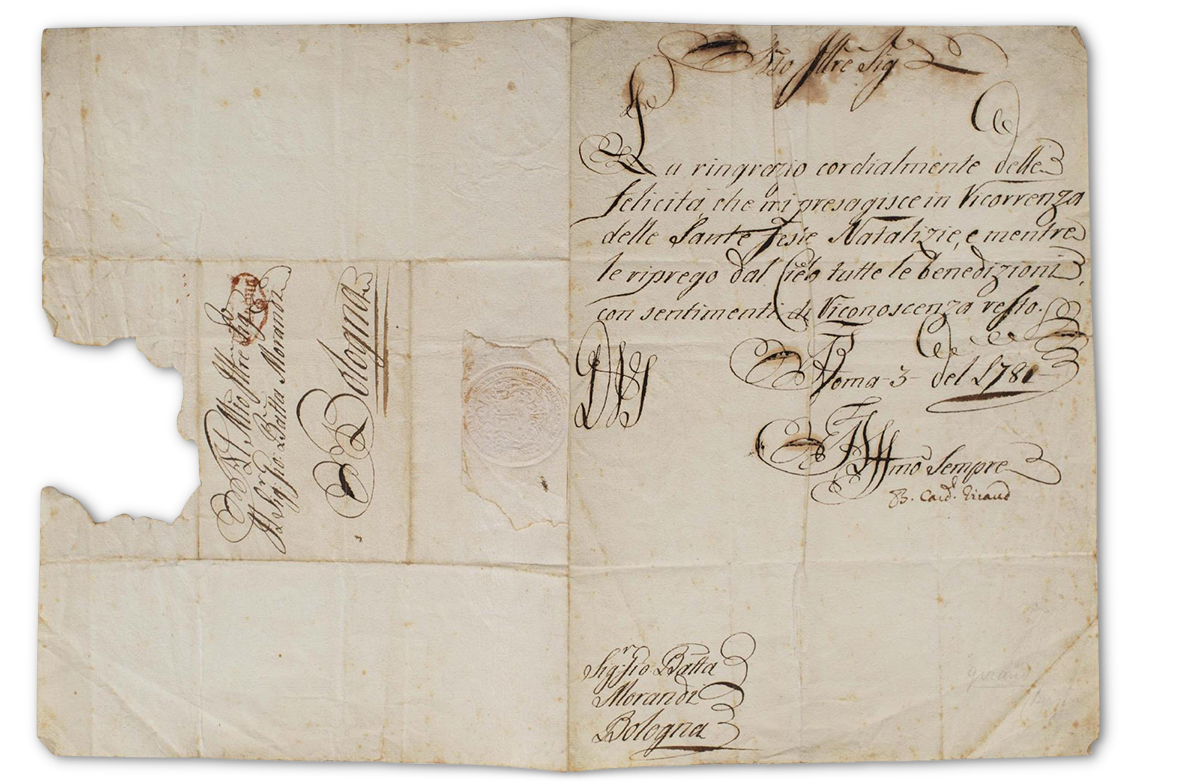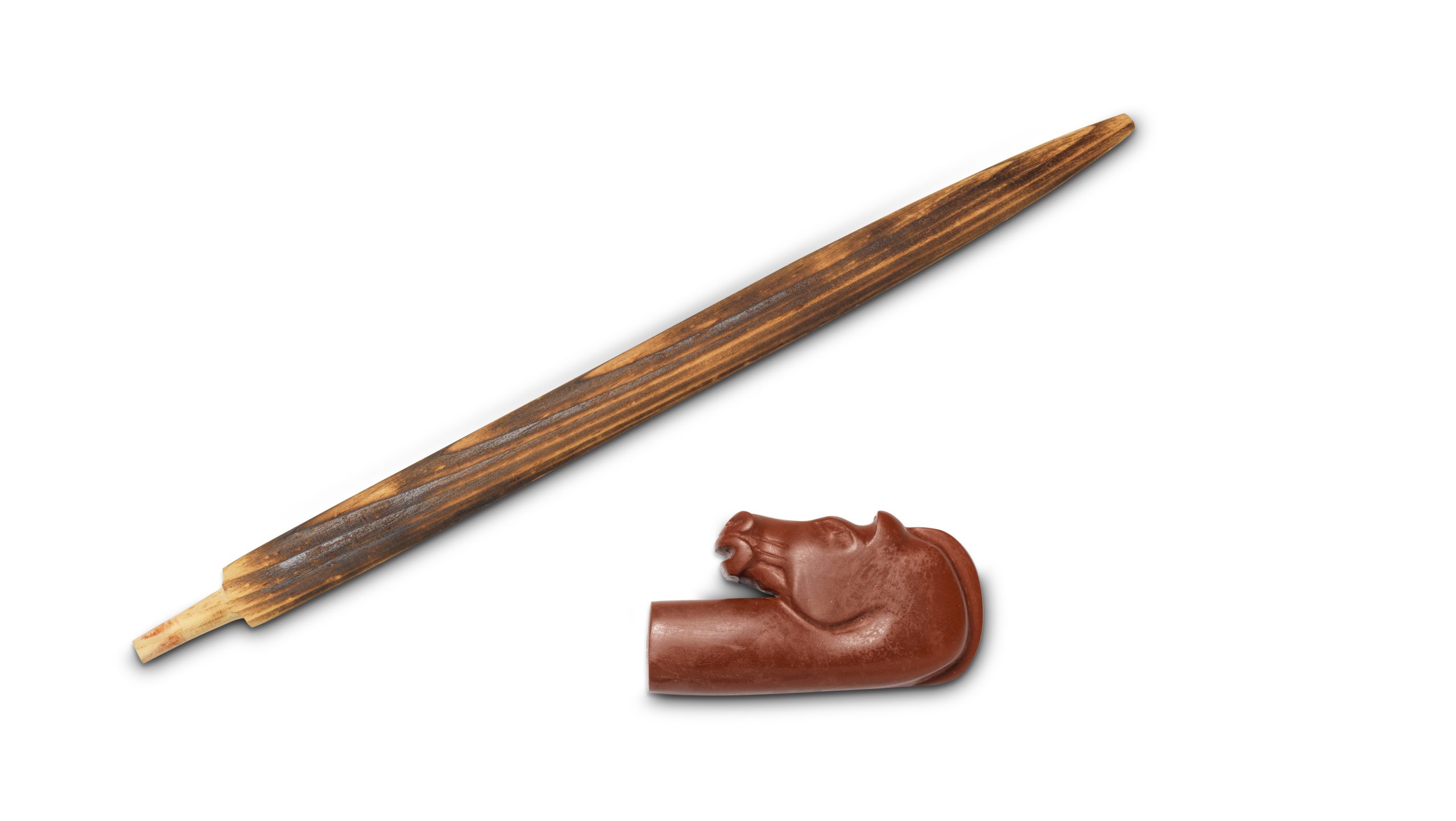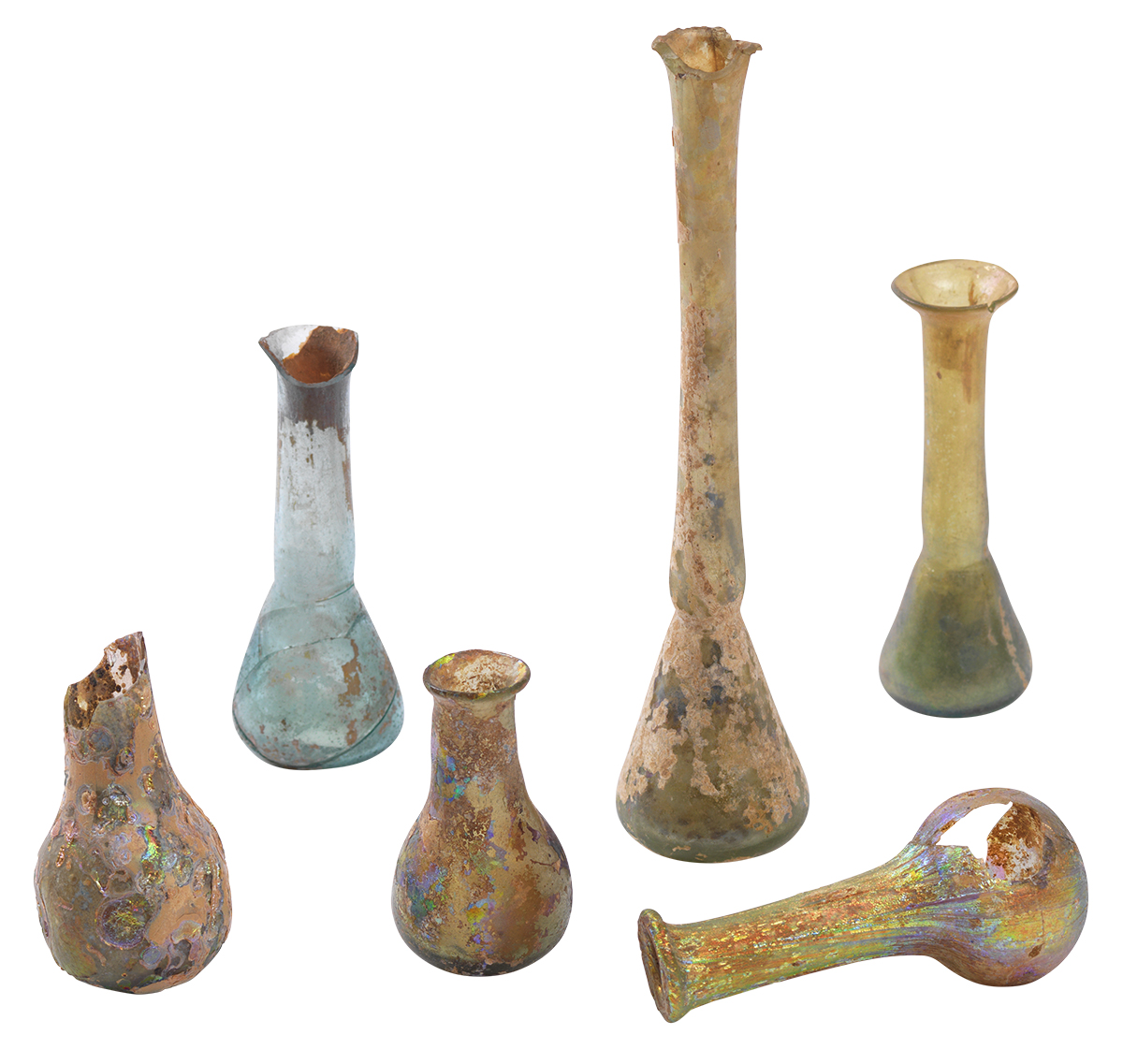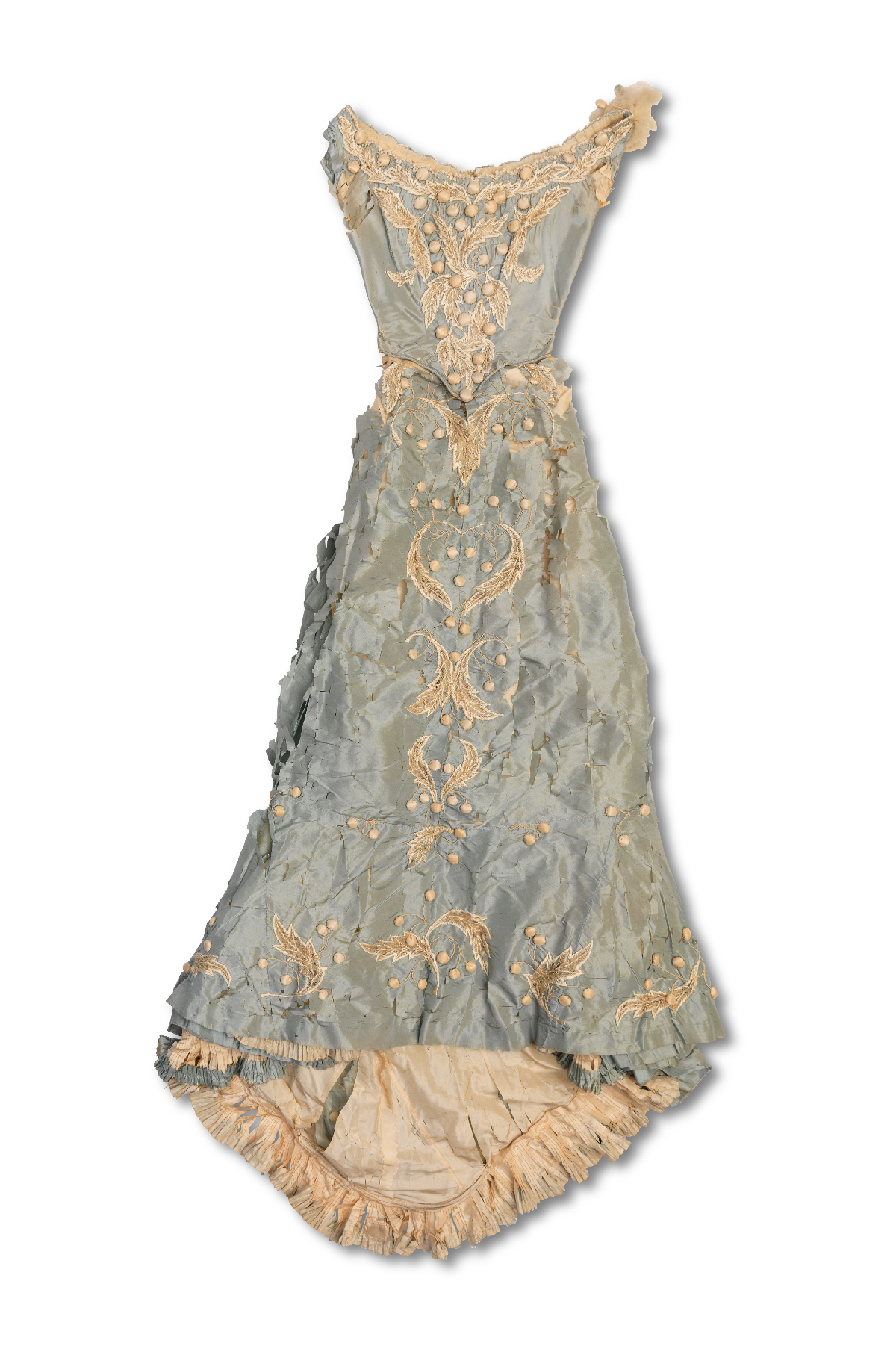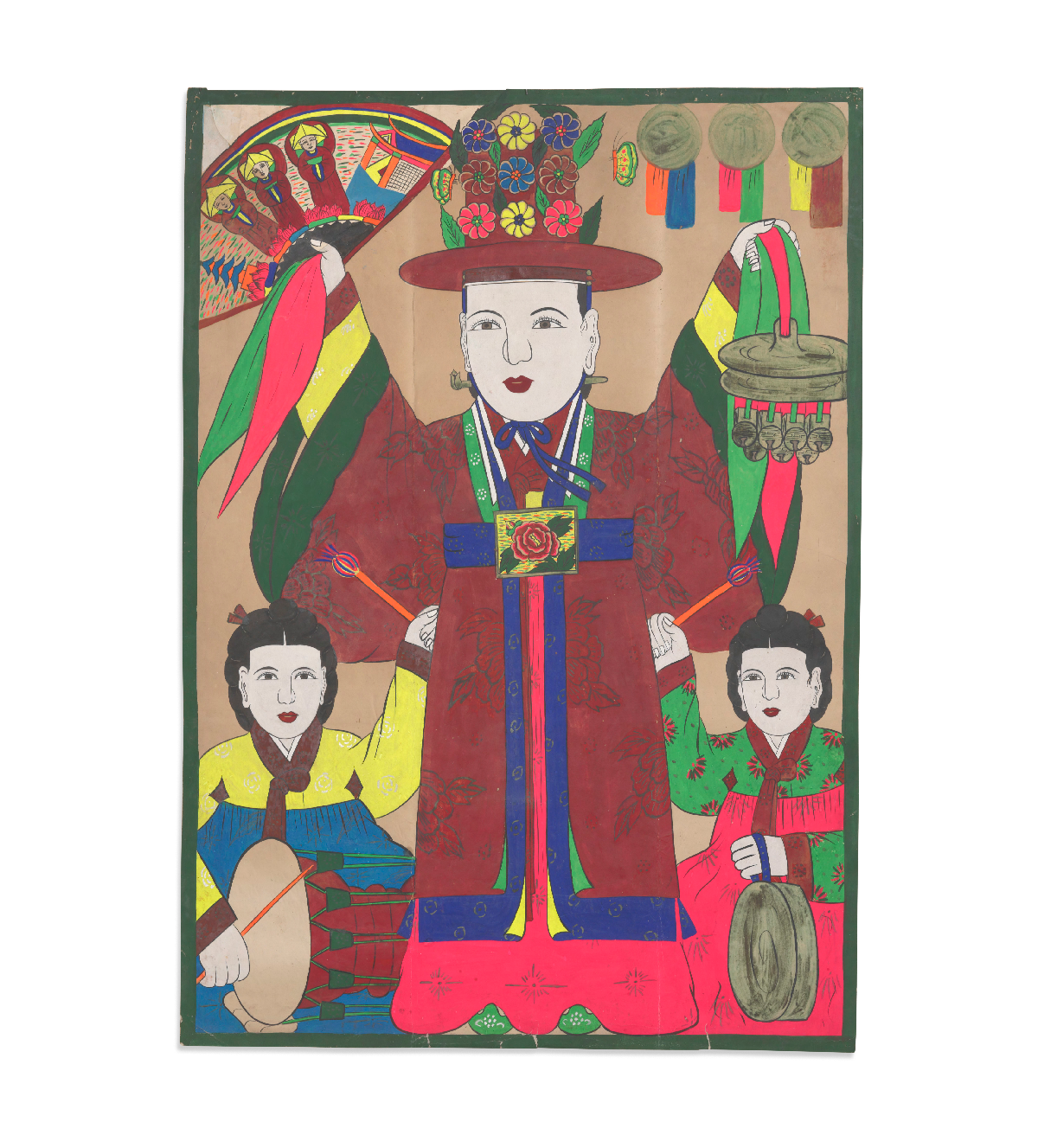Iron-Based Inks and Mordants
Iron-Mordanted Printed Textile, ca. 1800
Unknown maker, United States or England
Cotton with iron mordant, 19 5/8 × 26 3/8 in. (50 × 67 cm)
Cooper Hewitt, Smithsonian National Design Museum, New York City, bequest of Elinor Merrell, 1995-50-377
A Letter to Gio Batta Morandi of Bologna, late 18th century
Cardinal Bernardino Giraud (1721–1782)
Antique laid paper with “Fabriano” watermark, iron gall ink, and sealing wax, 10 3/4 × 15 3/8 in. (27.3 × 39 cm)
Courtesy the Conservation Center, Institute of Fine Arts, New York University, New York City
Well into the early twentieth century, iron gall ink was used for writing on illuminated manuscripts, legal documents, and personal correspondence like the letter shown here. Iron gall ink is prepared from tannic acid (typically from oak galls, which are growths caused by egg-laying wasps), water, and iron sulfate, bound by a natural gum. When exposed to air following its application, the ink oxidizes and turns a characteristic dark brown. Over time, items containing iron gall ink may deteriorate owing to the imprecise chemistry at work, leading to material loss in the inked and surrounding areas. Similar changes are observed in printed decoration on textiles where iron-based inks have been used. Textile conservators have co-opted some of the strategies developed by conservators of works on paper to address these issues.
See other items in How is Matter Active?


